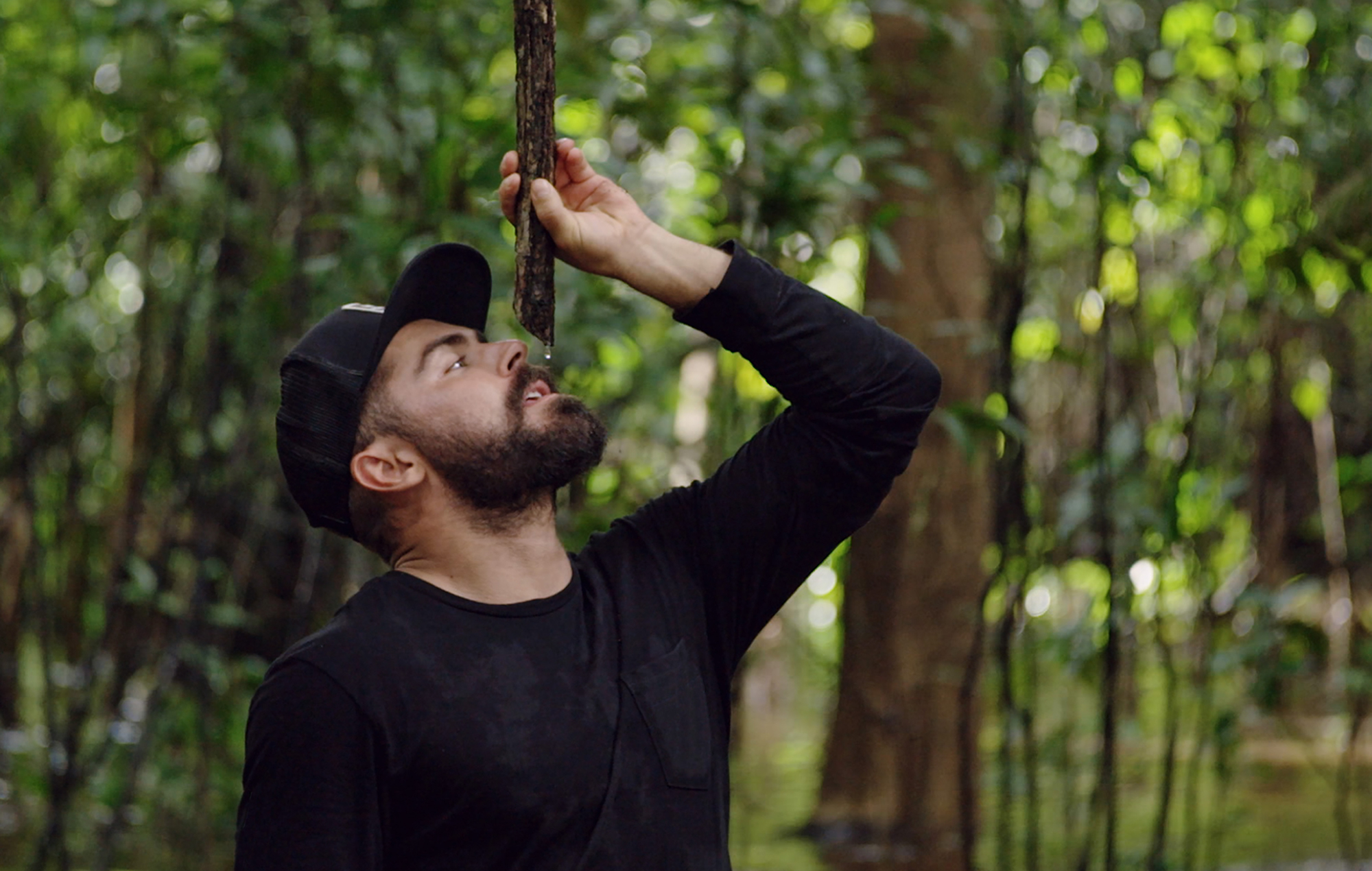Table of Contents Show
Zac Efron recently released a Netflix series called Down to Earth. His show follows him and a friend (( superfood expert Darin Olien )) on adventures around the world to find more sustainable and environmentally friendly ways to live. The show released its eight episodes on July 10, 2020, and since then has garnered many reviews, both positive and negative. Down to Earth‘s importance comes from it showing us the consequences of our actions on this planet and how that will affect the future. If we want to keep surviving on this planet as a human race, we need to start making changes fast.
What Makes Each Episode Of “Down To Earth” So Special
Each episode of Down to Earth features a different country and a different focus. The first episode takes place in Iceland as Zac and Darin are exposed to the renewable sources of energy that the country uses to create electricity. The community uses the many active volcanoes in the country to garner energy in healthy ways without producing too many carbon emissions or greenhouse gases that harm the planet. This is our first exposure to the show and it does a remarkable job of showing the beauty of the country of Iceland.
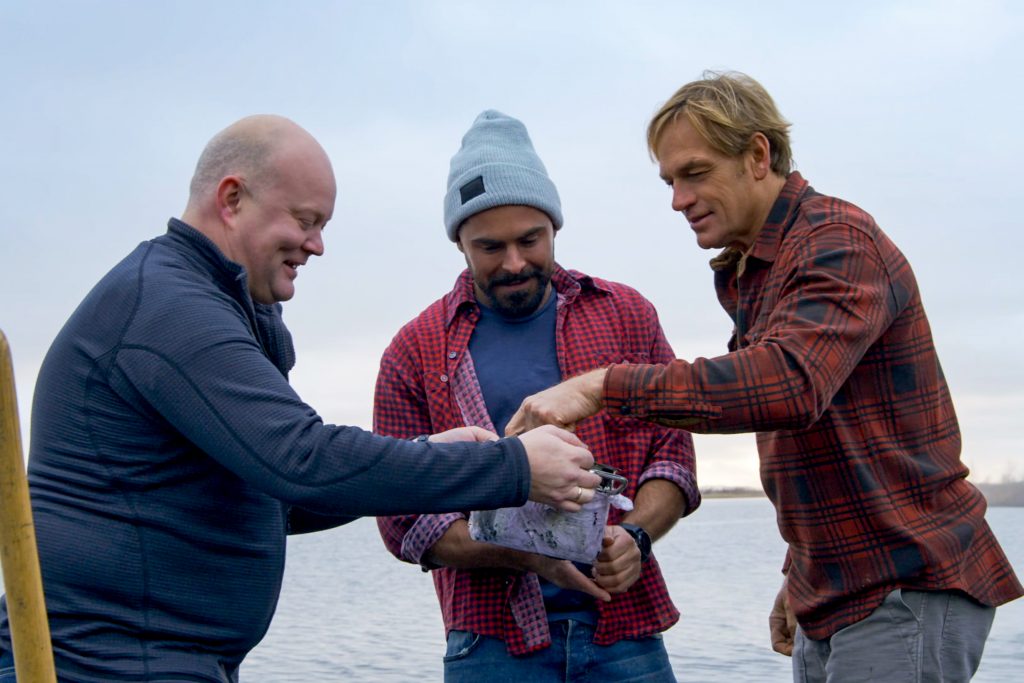
The second episode takes place in France where Zac and Darin learn about the tap water system in Paris. They learn about the many different benefits that healthy water has, from keeping you alive to spiritual and religious reasons and even the power to heal deadly diseases. We are able to see that Paris takes great care to establish healthy tap water across the expansive city and make it available to all, even the homeless. There are thousands of water fountains spread all across the city for anyone to use whenever they please. It makes one wonder if Paris can do something like this and supply water to their homeless, why the U.S. has yet to follow suit.
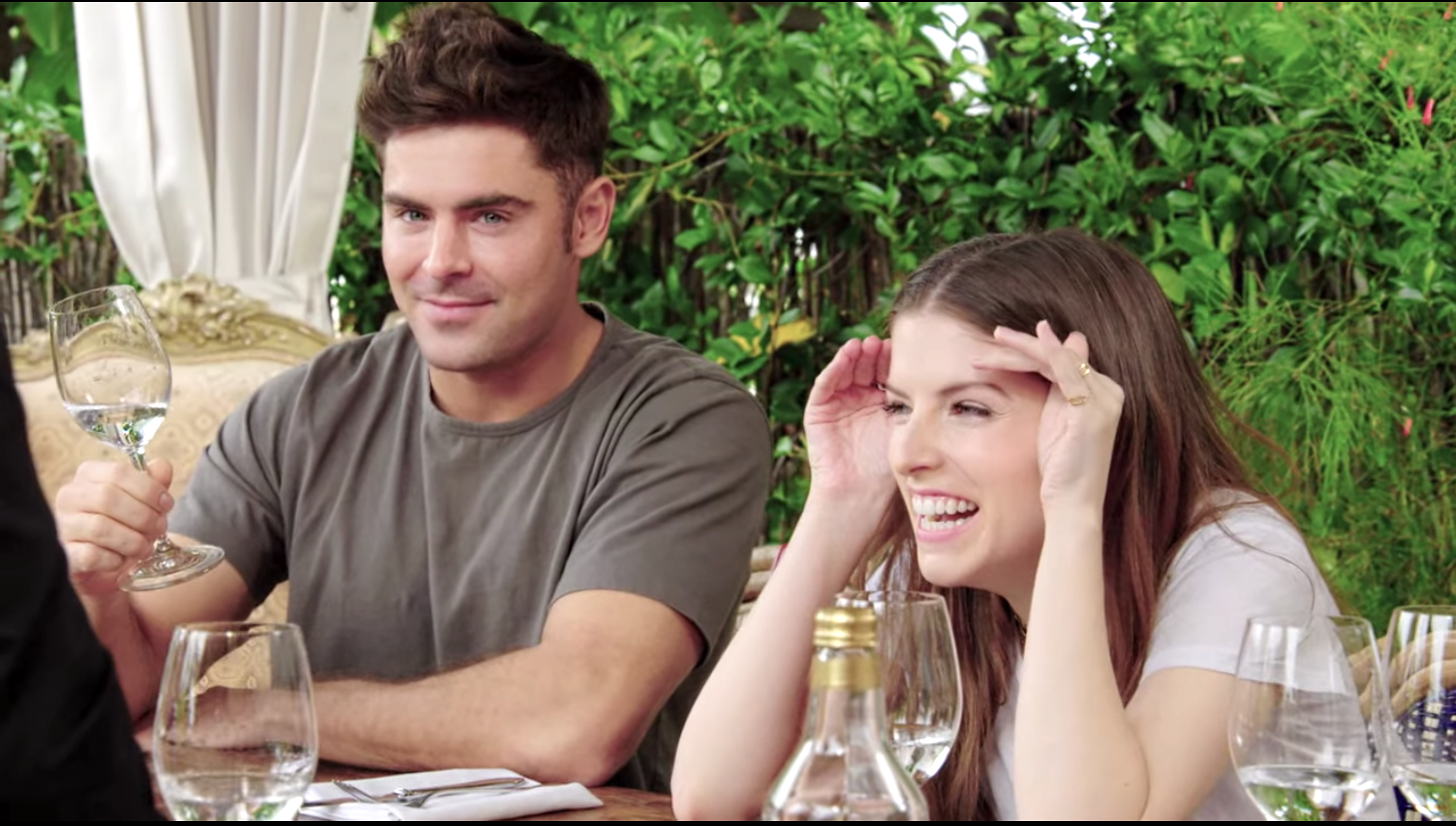
Each episode continues to bring to light important issues and solutions. Focused on a different theme, each episode first introduces a potential problem and then shows a creative solution to the problem! So many different countries are using these creative ways to change the impact they make on the planet and instead create an environmentally friendly footprint. The show presents so many sustainable and environmentally healthy ways to live that most of us would never even know about if it wasn’t for the show!
Meeting The Locals
Another reason that this show is so special is the introduction and inclusion of the locals of each episode. The third episode takes place in Costa Rica where Zac and Darin visit an eco-village in the forest. They are both amazed at how much this little community in the forest is able to survive and live so healthily.
The forest community mostly keeps to themselves and have even found a way to produce their own waste system without releasing any harmful gases into the air. They have a school where they welcome any children. The children don’t have homework or exams, but rather are able to learn important life skills that they can carry with them into adulthood for any career they decide to choose.
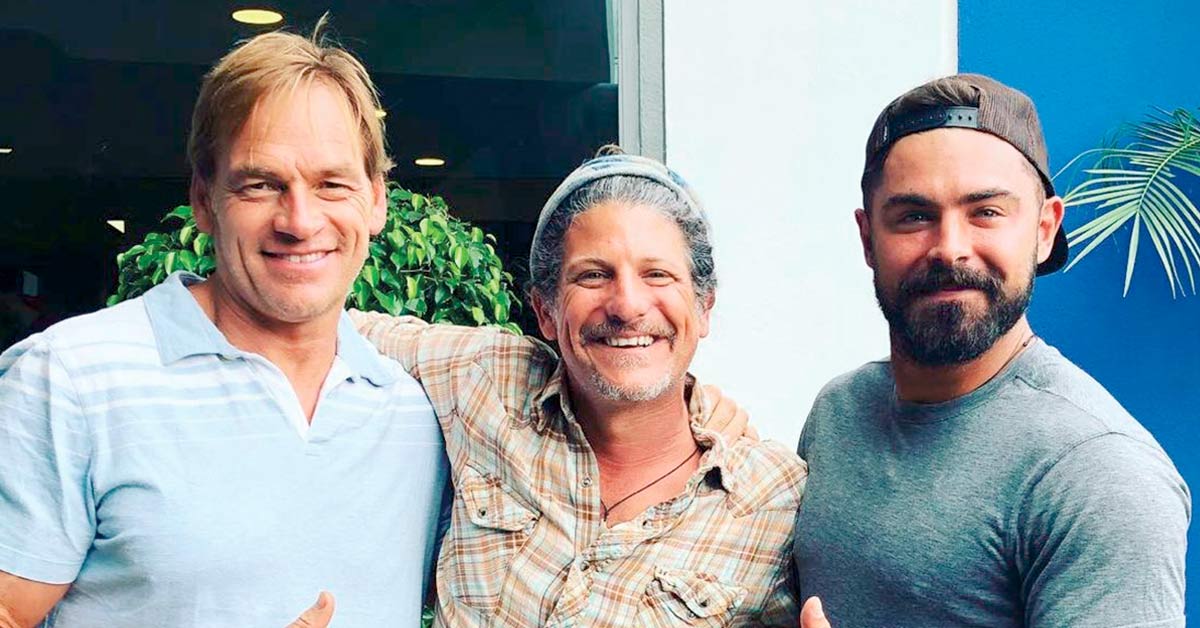
The next episode takes place on a little island called Sardinia off the coast of Italy. This island is dubbed a blue zone because of the numerous centenarians that live on it. Most of the people on the island are close to 100 if not over 100 years of age. Zac is amazed and perplexed at how these people are able to live such long, healthy lives. It is one thing to live to 100, but another entirely to be healthy at that age, as all these people are.
The people featured in the episode give much of the credit to the food that they eat. All of the food they eat is grown and produced right on the island, close to home, locally sourced. Along with their healthy diet, this population also stays physically active. Zac and Darin talk to a gentleman who tells them that he goes on multiple walks throughout the day in the town, winding up and downstairs and steep hills. They end up in a bar where the man jokes that his secret to keeping a positive attitude on life is having one glass of wine every day.
Getting Down To Earth
We continue to learn about new things that we might not have previous knowledge of as the show progresses. Next, we see Zac and Darin in Lima where they visit a lab to learn about how potatoes are cryopreserved in case of a disaster. They learn that there are many different kinds of potatoes, not just one. They are also allowed to go into a below freezing freezer where they see hundreds of more potatoes that are preserved.
These potatoes can be kept frozen for up to five years and they even learn about a backup potato farm in case something were to happen to that one. It was nice to see that there are people who are taking precautions in case something terrible were to happen one day. Thanks to them, the world (hopefully) will never be without potatoes.
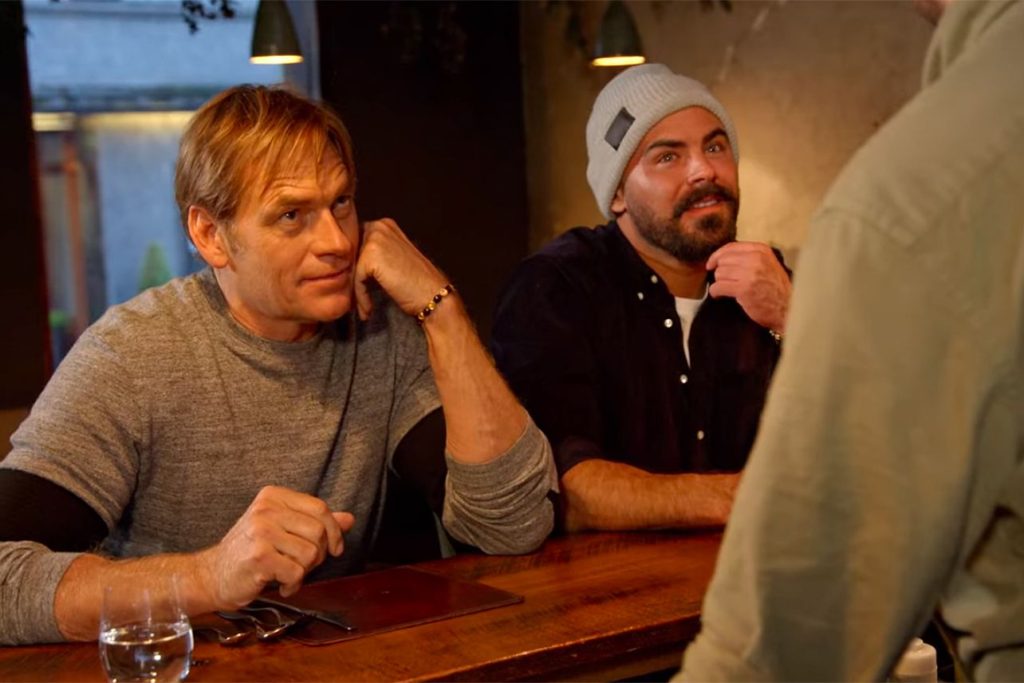
Episode six takes place in Puerto Rico, where we see firsthand how tornadoes and hurricanes affected the island. Many parts of the island are still destroyed and rebuilding from the many hurricanes from the past few years! Rebuilding is incredibly slow and much of the island doesn’t have the resources necessary to rebuild properly. Zac and Darin meet the mayor of San Juan who is an incredibly kind woman who seems to be very involved with the lives of the citizens of the country. She takes Zac to a place that housed many displaced people when the hurricane struck and tells him stories of all the people who came and helped them during that difficult time.
She even asks Zac to sign the wall that is reserved for those who come to Puerto Rico to help those in need. Zac happily obliges and signs it. Many of us, myself included, will probably never know how severe the conditions in Puerto Rico are, especially during hurricane season. We assume that areas get hit by hurricanes and then recover. Although true, some places like Puerto Rico take years and years to recover from heavily hit storms. We again continue to learn so many new things from this show.
The Many Benefits Of Plants
In quite a few episodes, we learn about the many hidden benefits of plants. The second to last episode takes place in London where Zac and Darin learn about green walls and pollution. London had dangerous levels of pollution in the 1900s, and although it is much better today thanks to things like tolls on vehicles bigger than a certain size being allowed in the center of the city, there is still a long way to go.
Zac, Darin, and the viewers learn that thousands of Londoners still die every year from causes related to pollution. The city is doing everything it can to help lower these, like building green walls wherever possible. Not only do these walls look much better than plain concrete walls, they allow for more plants to be grown which allows for more healthy oxygen all around.
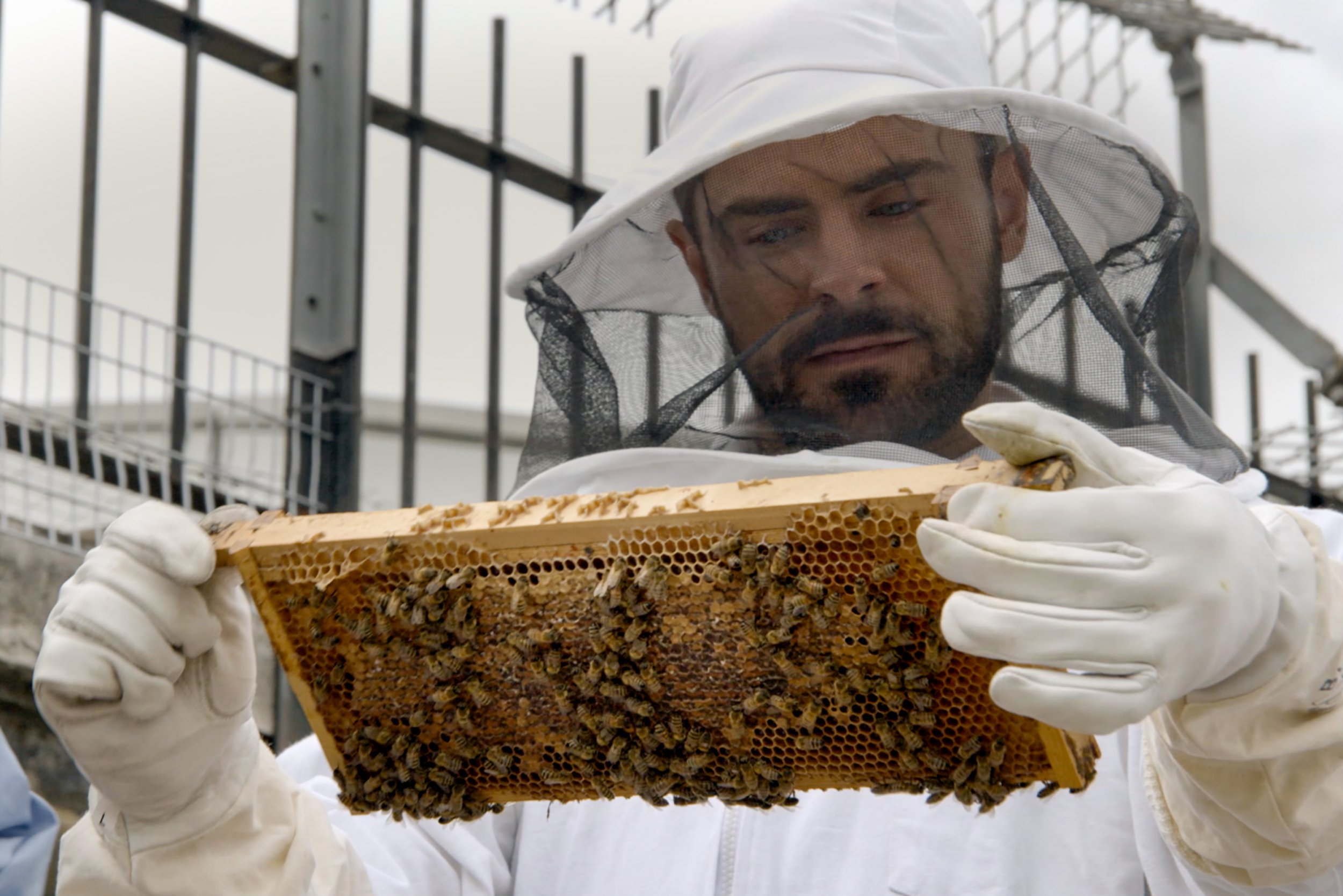
The final episode takes place in Iquitos in the Amazon rainforest. We learn about medicinal plants and the many benefits of them. The Amazon rainforest is an amazing gem that still remains largely unexplored. However, from what we learn on the show, there are small communities scattered throughout the forest.
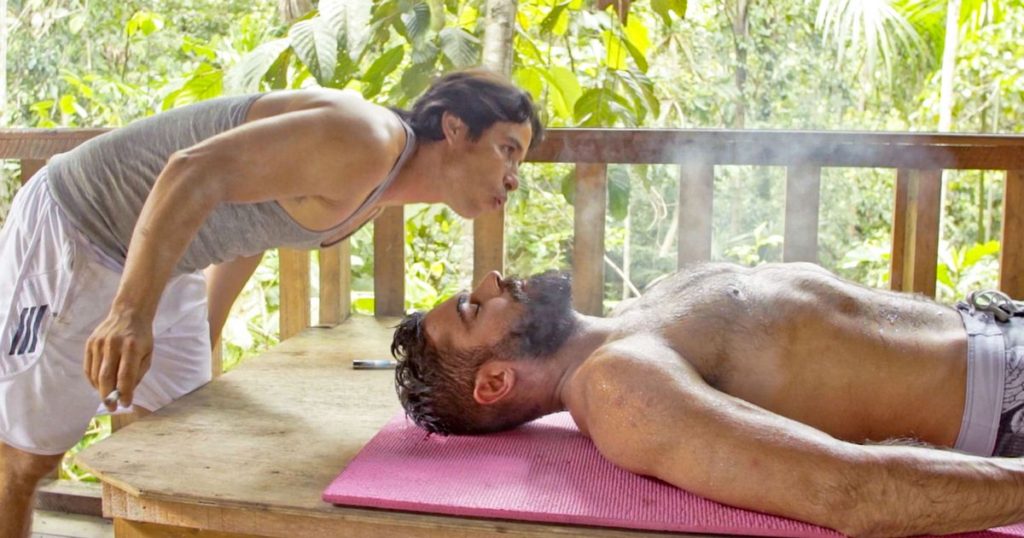
These communities have learned about the uses of many of the different plants and trees in the forest. Many of these plants could be used in the replacement of drugs to obtain the same results. As Darin asks, why aren’t we all more aware or familiar with these plants and their benefits?
Will The U.S. Ever Incorporate Any Of These Sustainable Practices?
We learn a lot from Down to Earth. We learn about healthier food options, medicinal plants, healthy and safe drinking water, and renewable energy sources. It raises one question: if all of these other countries can do it, why has the U.S. not already done it? After all, the U.S. boasts of being one of the best countries on Earth. If it truly was so great, would we not already be implementing some of these renewable changes within our own societies? It’s not easy and will not happen overnight, but we could already be doing so much more to live happier healthier lives.
Like Zac and Darin said, many people aren’t even aware of these different methods of living better lives. They aren’t given the information that they need to think and live for themselves. The show provides some of that information. There are infinite amounts of other information out in the world that everyone should research on their own to live the best version of their lives that they can.
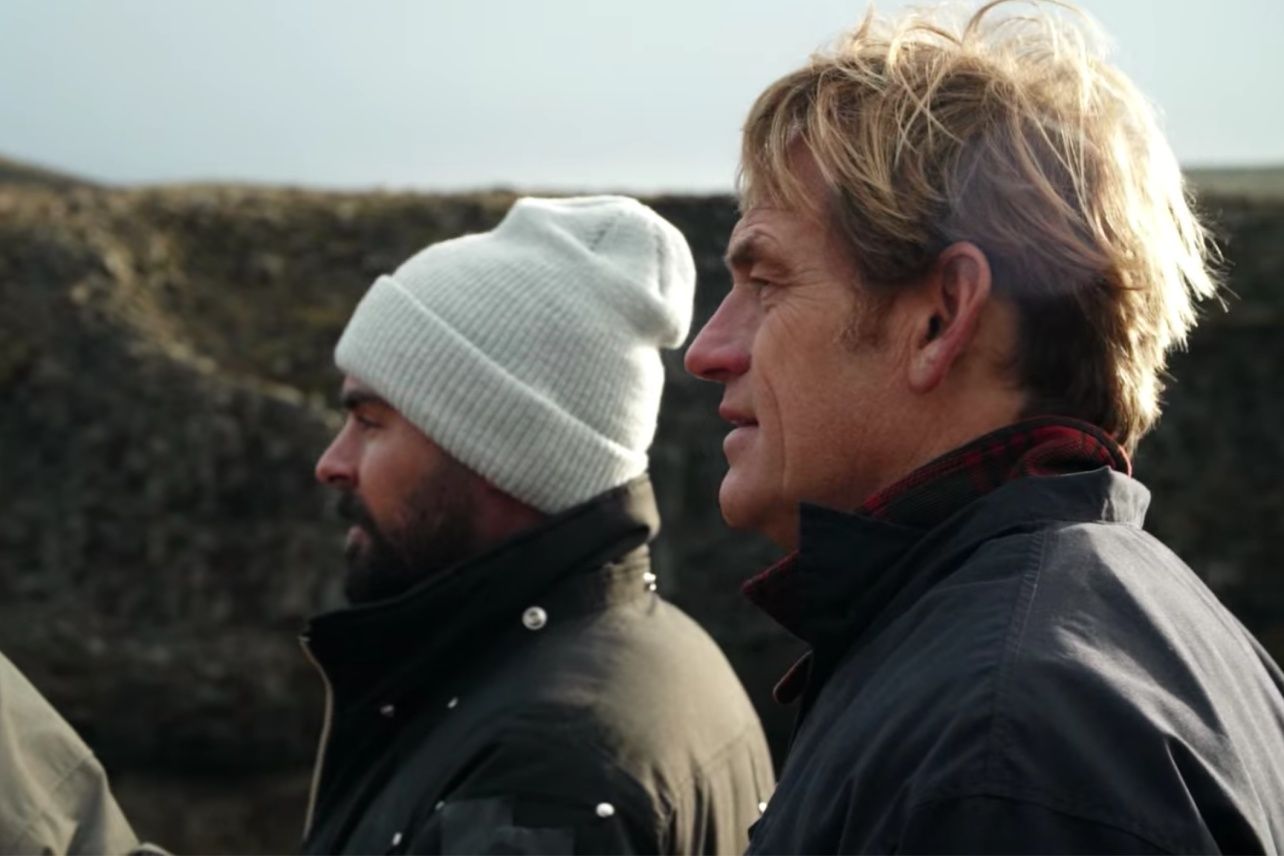
Many of these episodes show a sense of community among the people of the various locations. Thinking especially of Puerto Rico and Costa Rica, both of these episodes feature the whole community instead of individual people or places. The community in Costa Rica live in the forest amongst only themselves. They all know how much work is needed to keep and uphold their community and they all do their part.
Similarly, the mayor of Puerto Rico herself is helping out shelters after powerful storms hit the country. She visits people in their homes and helps everyone in any possible way that she can. As we saw in the episode, she even helped a family move into a new home after their previous home was destroyed by a hurricane. Maybe it’s this sense of community that the U.S. is lacking in becoming more sustainable.
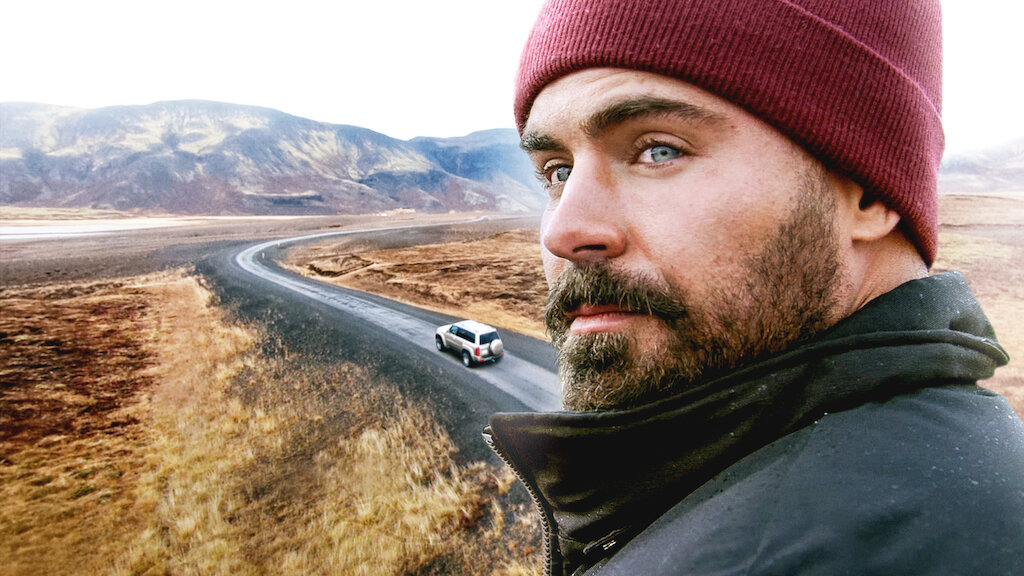
It seems to me, however, that the U.S. might not necessarily have the same priorities as some of these other countries. Many of these other countries on the show have shown time and time again that they care about their citizens above all else. The U.S. has yet to prove this. Sure some people in power may care about their citizens, but it’s necessary for everyone to respect and care for each other in this same way for there to be any real change. As seen in each episode, if we don’t come together to try to make a change now, we won’t be around much longer.
